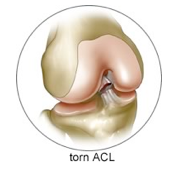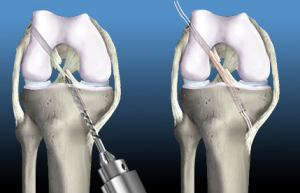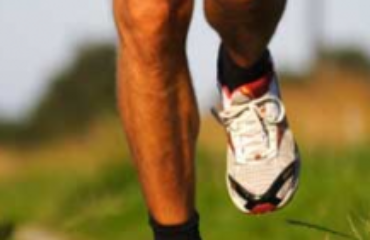ACL stands for Anterior Cruciate Ligament which is present in the knee. This ligament is responsible for holding the tibia or shin bone in place. The reconstruction of this ligament is performed when there is a tear and the person desires to get back to activities that require significant rotation and cutting. An injury to the ACL can cause the knee to give out. Injury of ACL is fairly common amongst players of high-impact sports such as hockey, soccer, skiing, basketball and football.
According to the American Academy of Orthopaedic Surgeons, there are over 200,000 cases of ACL injuries per year in the United States alone. Of these cases, almost half of the cases undergo an ACL reconstruction surgery. Although surgery might not always be required, it is recommended in the following cases:
– When there is persistent pain in the knee
– There is difficulty even while walking, which causes the knee to buckle
– Athletes who want to continue playing the sport
– The person is young and active
In an ACL reconstruction surgery, the tendon is taken from some other part of the body and then implanted in the knee, replacing the torn ligament. The tendon can be taken from:
– Patellar tendon
– Hamstring
– Quadriceps
– Cadaver
Risks to be considered post ACL reconstruction surgery:
– You could experience bleeding and blood clot formation
– Infection in the surgical area
– Stiff or weakened knee
– Loss in range of movement of the knee
– Rejection of the graft by immune system
– Extensor mechanism failure i.e. rupture of the patellar tendon
In case the ACL reconstruction is performed in young children of growing age, it can cause injury to the growth plate.
Post ACL Reconstruction Surgery:
Once the ACL reconstruction surgery has been performed, the key factor is proper rehabilitation. The focus of rehabilitation is to get the knee to straighten fully and to restore the control of quadriceps. The following outcomes can be expected immediately after the surgery:
– Presence of pain, for which pain medication will be given
– Care of the surgical incision, it should be kept clean and dry
– Restricted movement and activity level for several months
– Use of crutches for walking for up to 6 weeks
– Use of knee braces for at least one week following surgery
– Sometimes a machine is used to move the knee around through its range of motion
The range of movement of the knee will typically be achieved after a few weeks of the surgery. Athletes are known to return to their sports 6 to 12 months after surgery, depending on how fast they recover.
The rehabilitation after surgery aims to restores the sense of balance and leg control of the patient. Special exercises are advised which are designed to improve the neuromuscular control in the leg.
The success of ACL reconstruction surgery varies from person to person, but with modern techniques such as those used by Phoenix orthopedic surgeon Adam Farber MD, the outcomes are usually excellent!
References:
http://www.healthline.com/health/acl-reconstruction#Overview1
http://orthoinfo.aaos.org/topic.cfm?topic=A00297#A00297_R2_anchor




